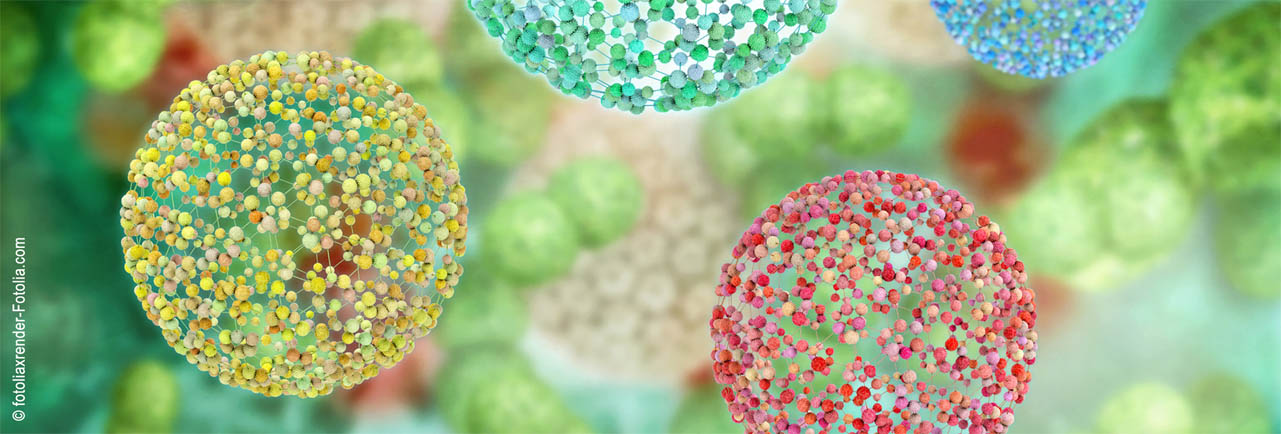Speaker
Description
Synthetic polymers and solvents are dangerous for human health and the environment; therefore, nowadays scientific community highlights the use of reversible and non-toxic materials for green chemistry. Biopolymers, such as Chitosan, Pectin, Hydroxypropyl cellulose, and Keratin, are one of the alternative materials to be applied as non-toxic systems, low-cost, sustainable, and environmentally friendly, besides many physic-chemical characteristics. The addition of nanomaterials, (HNT), essential oil, and active molecules improves the physic-chemical properties of biopolymers and proposes smart response abilities to the new composite material in the field of cultural heritage. Two different treatments are presented: a new protective coating for stone artwork with biopolymers, pectin, and chitosan, filled with halloysite/wax microspheres to prevent the surface aging process of artwork [1]; a new consolidation and UV-protection coating for wool thread for cultural heritage consisting of halloysite /Keratin dispersion. The physic-chemical properties of composite materials were investigated by water Contact Angle experiments, Uv-Vis Spectroscopy, and Dynamic mechanical analysis (DMA) for protecting treatments; Colorimetry analysis, consolidation % effect, Optical Microscope and Dynamic mechanical analysis (DMA) for consolidation treatments of wool thread. The proposed formulations are environmentally friendly and a good strategy for a consolidation and protective layer of artwork in the field of cultural heritage.

